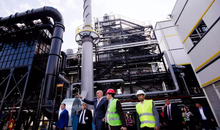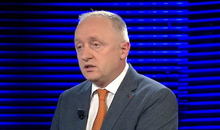
 Flash News
Flash News
The mystery of Renis Dobra's murder, the two main leads of the investigation are revealed
Rama's ultimatum: On Monday, all heads of administrative units must be dismissed
Fires in the country, 4 fires still active, what is the situation?
Rama targets Shkodra prosecutor again: Gjeli wrote philosophical essay with innocence of illegal construction
Wanted for theft, 26-year-old arrested in Durrës
Analysis: Protesters in Serbia turn tragedy into movement for change
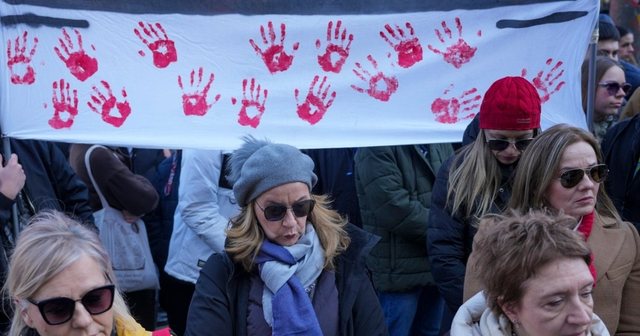
Biology student Marija Petrovic says that when she and her colleagues began protesting against the Serbian government after the roof collapse at the Novi Sad train station that killed 15 people in November, they didn't think they would win so much public support for a cause, which has since prompted thousands of protesters to regularly fill the streets of this country.
After the tragedy there was little sign that protesters, who were blaming the government for corruption and nepotism, would provide wider support.
"We didn't think we would have so much support, but people started joining us, we learned how to organize in our faculties and on the streets. The first moments were very different from what we are experiencing now, because we didn't believe so many people would join us. But now on the streets we are seeing that what we are doing is very important, that people are agreeing with us and thinking that what we are doing is the right thing" says student Marija Petrovic.
Three months later, the demonstrations have grown into the largest protest movement in Serbia in years. The students, who are highly organized, were joined by tens of thousands of teachers, lawyers and other employees, blocking highways and squares, sparking a political crisis.
"We put aside our personal ideologies because what we're doing here is so much more important. We are trying to make institutions functional. The place is currently burning, we can't think about furniture, when we are trying to stop the fire. We have no ability or capacity to think in that way. This has made me more tolerant of other people's worldviews, while they are fighting for the same goal," says Mrs. Petrovic.
Serbian President Aleksandar Vucic's government denies responsibility for the tragedy as well as for broader accusations about voter buying, restricting media freedom, violence against opponents and links to organized crime.
But Serbia's Prime Minister Milos Vucevic and the construction and trade ministers have resigned. This has not appeased protesters who say they are protesting against an autocratic regime.
Students protest every day, dyeing their hands with red paint as a metaphor for, as they say, the government's bloody hands. Students sleep in university buildings and are being fed donations. Teaching has been interrupted.
"For the last two months we are living together in our faculties, eating bread together, sleeping together, spending our days together. My experience is no more special or important than that of my peers. We are the voice through which all our peers and colleagues speak. We act as a community, we have no leaders, no individuals. We believe that the community we are part of is much smarter and smarter than a single individual," says student Petrovic.
The message of the protests – that the government performs its duties fairly and that demonstrations will not stop until this demand is realized – is being tightly controlled.
Petrovic says the protesters have faced threats and physical attacks, but they have reinforced their resolve. Their demands include the publication of documents related to the collapse of the station roof, bringing those responsible to justice, respite of charges against student protesters and a higher budget for higher education. President Vucic says he has met these demands.
The students have not called for the ouster of Serbian President Vucic. But their persistence has sparked one of the biggest threats to the president's long-standing power, political analysts say. The next protest is expected to be held saturday in Kragujevc, a rally expected to be the largest so far.
Latest news

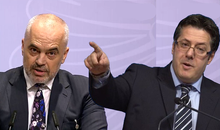
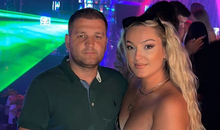
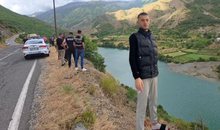
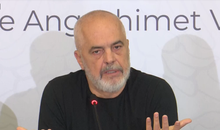
Rama's ultimatum: On Monday, all heads of administrative units must be dismissed
2025-07-11 11:05:59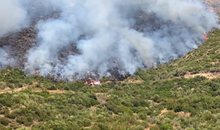
Fires in the country, 4 fires still active, what is the situation?
2025-07-11 10:56:23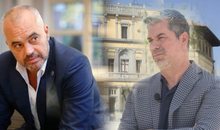
Government irony: Rama strips Dredha of power, then demands law and order
2025-07-11 10:49:10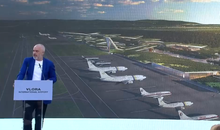
German media: Vlora Airport 'kills' one of Europe's largest wetlands!
2025-07-11 10:37:46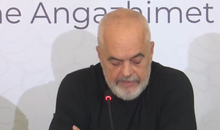
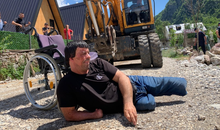
Amid the Alps in Theth, the law punishes even those who try to respect it
2025-07-11 10:14:16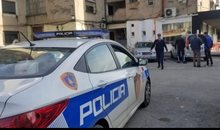
Wanted for theft, 26-year-old arrested in Durrës
2025-07-11 10:03:29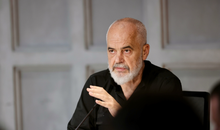
After the dismissals, Rama gathers the mayors in Durrës
2025-07-11 09:42:29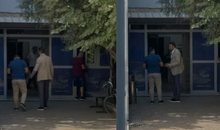
Released on bail, Salianji appears before the Probation Service
2025-07-11 09:34:28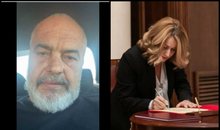
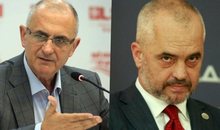
Haxhi Qamil Rama and the directors of the Municipalities!
2025-07-11 09:21:35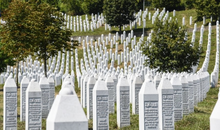
30 years since the Srebrenica massacre in Bosnia and Herzegovina
2025-07-11 09:10:52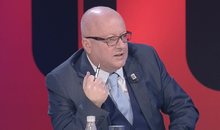
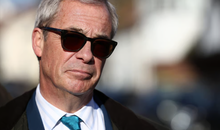
From rhetoric to brandy, POLITICO: 9 things Nigel Farage can do in Albania
2025-07-11 08:53:35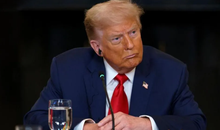
Trump announces 35% tariffs on Canadian goods
2025-07-11 08:39:29
Foreign exchange, how much foreign currencies are sold and bought today
2025-07-11 08:24:25

Horoscope, what do the stars have in store for you today?
2025-07-11 07:59:39
Sun and high temperatures, weather forecast
2025-07-11 07:41:09
Morning Post/ In 2 lines: What mattered yesterday in Albania
2025-07-11 07:20:14
Zhupa: In Theth, some Austrian strategic investors want the empty area
2025-07-10 22:57:08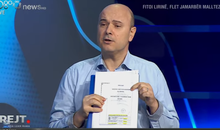
Malltezi: SPAK admits, we are in a process that began with Balla's false report
2025-07-10 22:34:16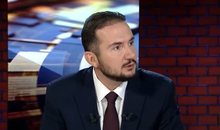

Si të çliroheni nga bllokimet emocionale me anë të ushtrimeve
2025-07-10 21:57:24
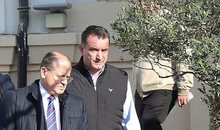
Lala: Veliaj wanted to return as mayor
2025-07-10 21:40:46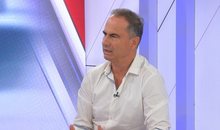
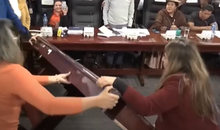
VIDEO/ Brawl in Bolivian parliament, deputies physically clash
2025-07-10 21:20:30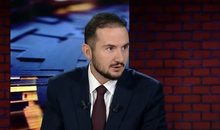
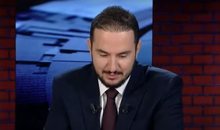
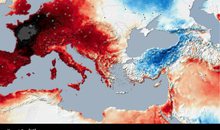
Albania experienced one of the longest heat waves of the last decade
2025-07-10 21:01:09

The Government approves new procedures for declaring residence in e-Albania
2025-07-10 20:39:32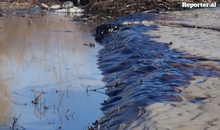
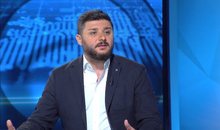
Koka: Northerners will not forget Edi Rama's racist operation in Theth
2025-07-10 20:18:24
The 3 zodiac signs that will be most affected by the 'Full Moon' of July 10
2025-07-10 20:04:49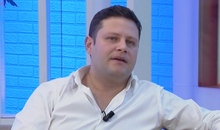
New director of the National Center of Cinematography appointed
2025-07-10 19:51:12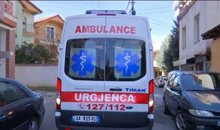
Korça/ 40-year-old man jumps from fifth floor balcony, in critical condition
2025-07-10 19:40:19
'Tired Woman'/ The Syndrome That Affects Thousands of Women Every Day
2025-07-10 19:34:02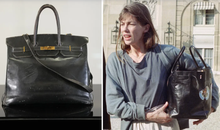
Jane Birkin's original Hermès bag sells for $10 million
2025-07-10 19:26:22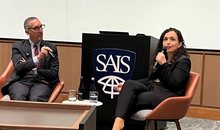

Britain-Ukraine agreement signed for 5,000 Thales missiles
2025-07-10 19:00:25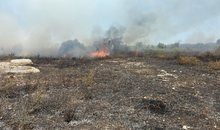
Fire in Zvërnec, flames endanger two hotels
2025-07-10 18:57:19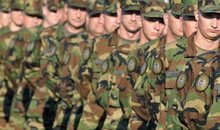
Croatia restores compulsory military service
2025-07-10 18:39:01
Spahia: The great truth of the strong accusation of the residents of Theth
2025-07-10 18:35:07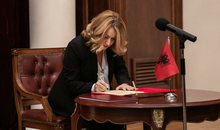
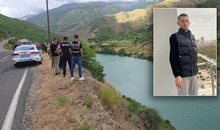
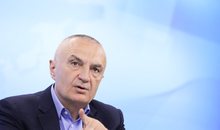
The Supreme Court left him in prison, Meta addresses the 'Constitution'
2025-07-10 17:57:21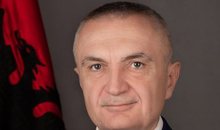
New punishment with 'new' regulations
2025-07-10 17:54:46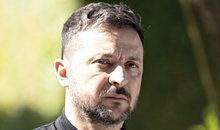
EU translator fired over fears for Zelenskyy's safety
2025-07-10 17:45:37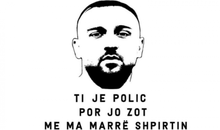
'You are a policeman, but not God, take my soul', protest for Agon Zejnullahu
2025-07-10 17:41:21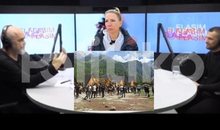

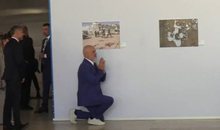
Video/ Rama repeats the scenario, kneels before Meloni again
2025-07-10 16:56:31
He set fire to a plot of olive trees, 50-year-old man arrested in Shijak
2025-07-10 16:46:19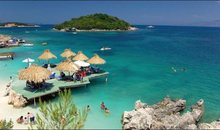
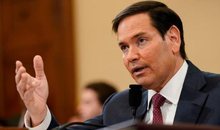
Rubio: US and Russia have exchanged new ideas for Ukraine peace talks
2025-07-10 16:36:20
Death of 27-year-old, Lipjan Police Commander Resigns
2025-07-10 16:21:28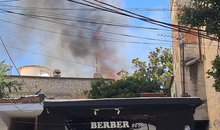
Video/ An apartment burns in Tirana near the New Bazaar
2025-07-10 16:09:36
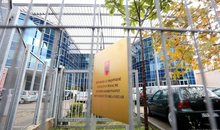

Jensila lights up the internet with her birthday greetings to Ledri
2025-07-10 15:42:08
They're full of pesticides! List of 12 products we need to be careful of
2025-07-10 15:31:04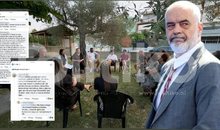
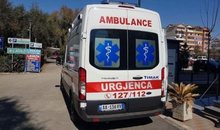
Worker falls from scaffolding in Shëngjin, urgently sent to Trauma
2025-07-10 15:11:03
Malltezi: Within one day they seized my accounts, properties and shares
2025-07-10 15:01:23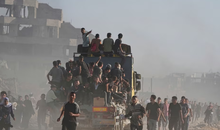
EU: Israel has agreed to more aid to Gaza
2025-07-10 14:55:19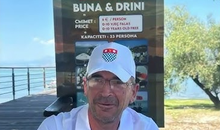
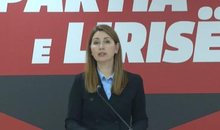
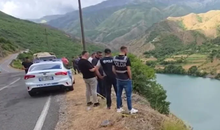
Murder of Reni Dobra, 23-year-old's vehicle pulled from the water
2025-07-10 14:29:23
Trump's tariffs on Brazil raise coffee prices
2025-07-10 14:16:07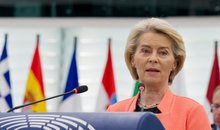
Ursula von der Leyen survives no-confidence vote
2025-07-10 14:04:27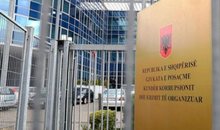
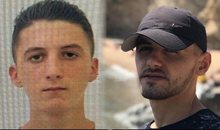
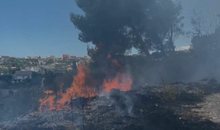
Fire in Lezha, flames near electrical substation
2025-07-10 13:32:24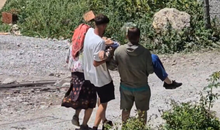
Residents clash with police in Theth, a woman faints
2025-07-10 13:24:38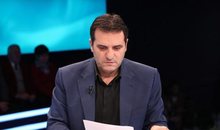
"Rama and Xanun"
2025-07-10 13:15:46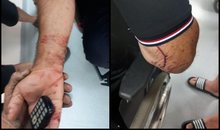

Zodiac signs most likely to get divorced in July 2025
2025-07-10 12:45:51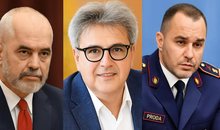
A scapegoat for an illegitimate Republic
2025-07-10 12:35:02
"He has devastated his own nation"/ Berisha: Rama imprisons his opponents!
2025-07-10 12:26:54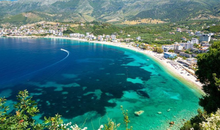
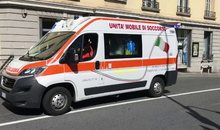
Albanian man injured with knife in Italy
2025-07-10 12:08:55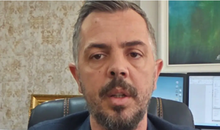
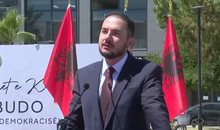
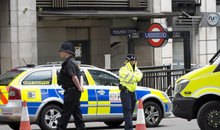
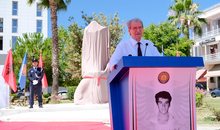
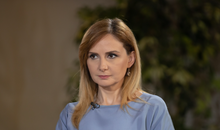
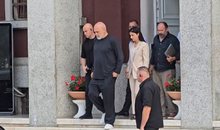
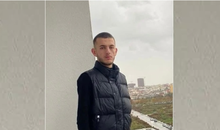
23-year-old in Mat drowned with rope, 4 suspects are being held
2025-07-10 10:58:53

After the dismissals, the new director of the Shkodra Police is appointed
2025-07-10 10:30:10
BIRN: Rama's action for public spaces, a repeated spectacle
2025-07-10 10:29:11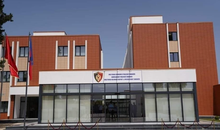
Action in Theth, Shkodra Police leaders dismissed
2025-07-10 10:16:28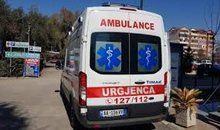
Fatal accident on the Tirana-Durres highway
2025-07-10 10:01:58